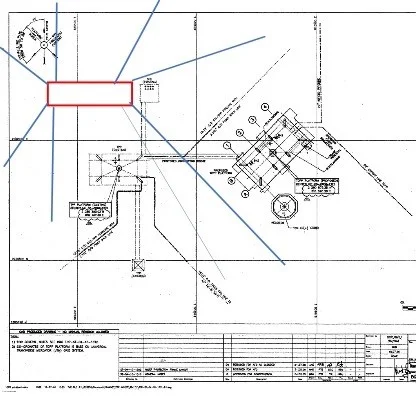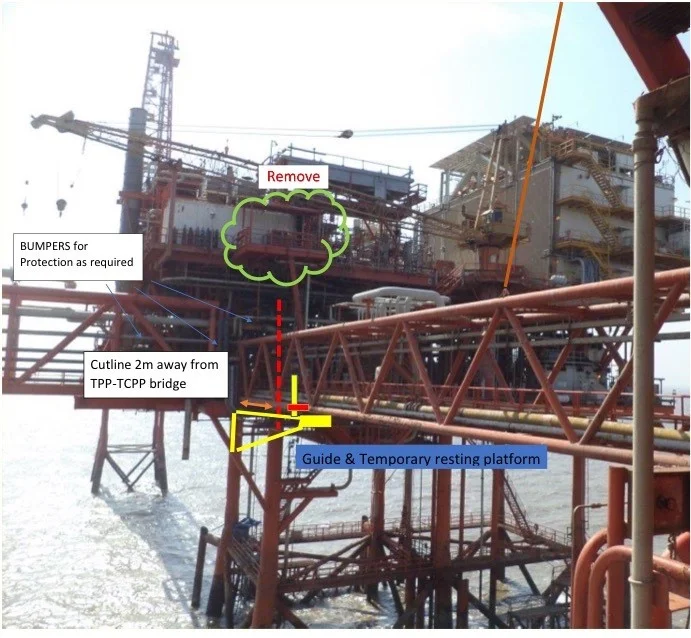Hazcon for Decommissioning
Project Concept and Approval Stage – Hazcon for Removal of STB Platform and STB – TPP Bridge in the Tapti Field, Offshore, West Coast India
April 2018
Project Concept and Approval Stage – Hazcon for Removal of STB Platform and STB – TPP Bridge in the Tapti Field, Offshore, West Coast India
April 2018
The Mid Tapti and South Tapti Fields are operated by the Panna Mukta Tapti Joint Venture (PMT JV) under the Production Sharing Contract (PSC) executed with the Government of India. In accordance with the Tapti PSC and applicable laws, BGEPIL is required to decommission the Tapti Part B facilities. The removal of STB platform and STB-TPP bridge are part of this decommissioning scope.
A HAZCON was conducted to assess risks in removal of STB platform and STB-TPP bridge in the vicinity of TPP-TCPP Complex. Participants representing PMT JV and ONGC (B&S Asset, Engineering Services) participated in this HAZCON. The workshop was chaired by MCE representatives.
Challenges:
Any uncontrolled movement of heavy lift barge crane during lifting of bridge may lead to collision/ dropped object scenario at TPP Process Complex piping & risers.

Scope of Work :



